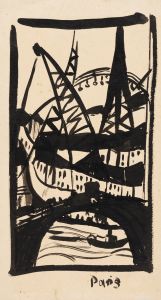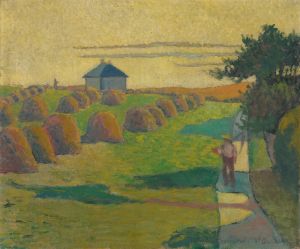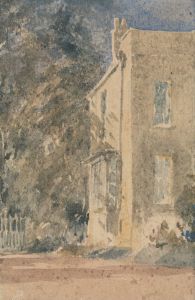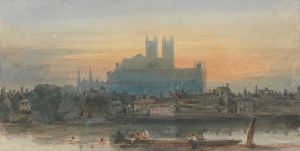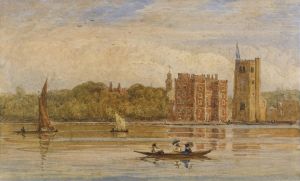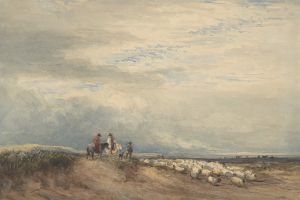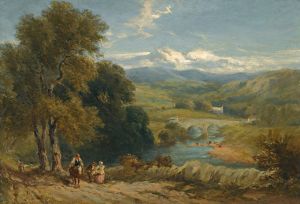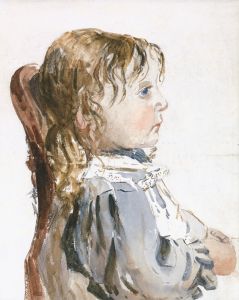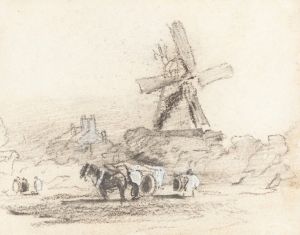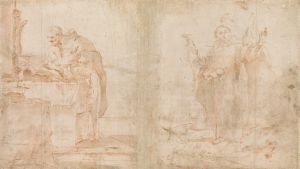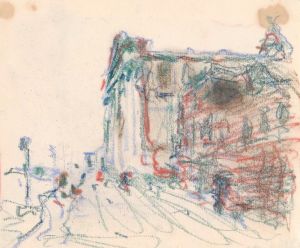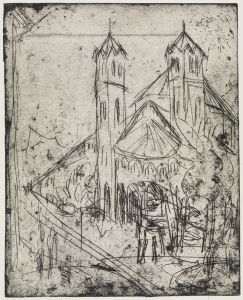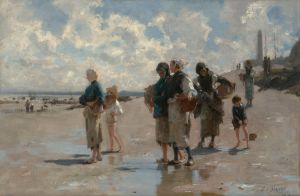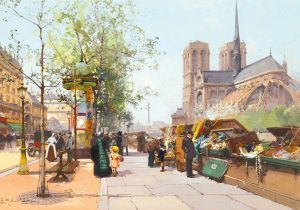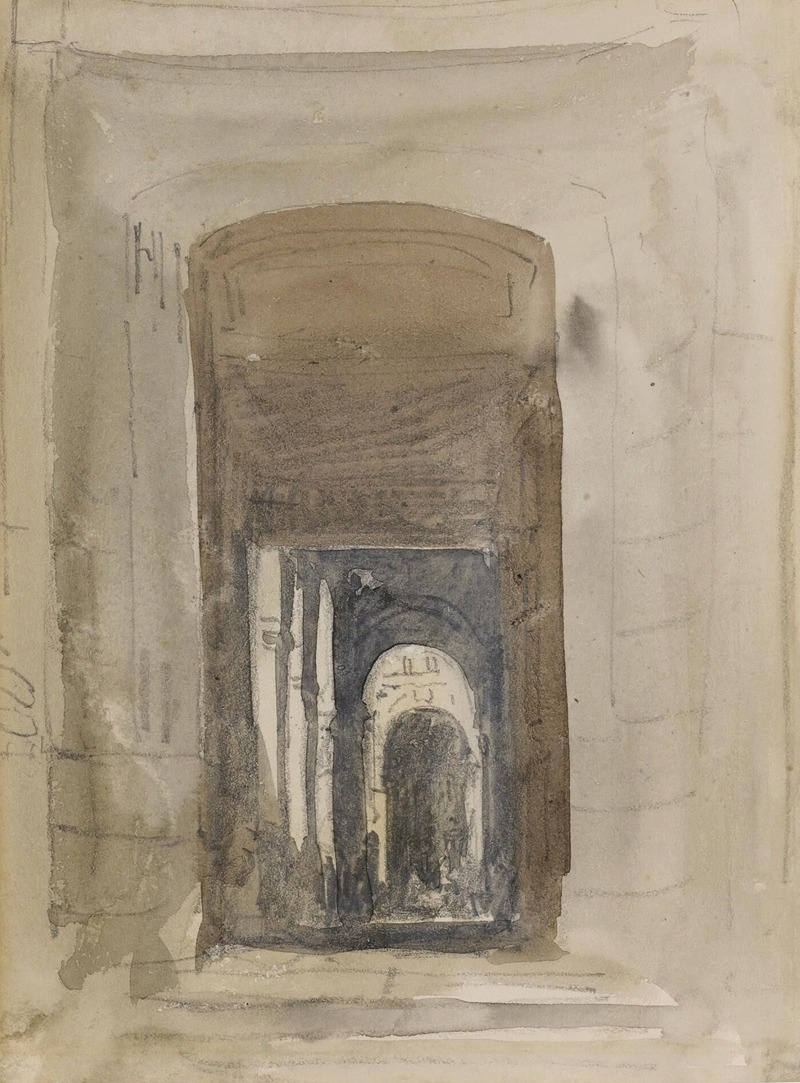
Study For The Door Of The Church Of Saint-Roch, Paris
A hand-painted replica of David Cox’s masterpiece Study For The Door Of The Church Of Saint-Roch, Paris, meticulously crafted by professional artists to capture the true essence of the original. Each piece is created with museum-quality canvas and rare mineral pigments, carefully painted by experienced artists with delicate brushstrokes and rich, layered colors to perfectly recreate the texture of the original artwork. Unlike machine-printed reproductions, this hand-painted version brings the painting to life, infused with the artist’s emotions and skill in every stroke. Whether for personal collection or home decoration, it instantly elevates the artistic atmosphere of any space.
David Cox (1783-1859) was an English landscape painter, one of the most important members of the Birmingham School of landscape artists and a prominent figure in the development of English watercolor painting. Cox is best known for his atmospheric landscapes and his ability to capture the transient effects of light and weather.
"Study For The Door Of The Church Of Saint-Roch, Paris" is one of Cox's works that exemplifies his skill in watercolor painting. The piece is a study, which means it was likely created as a preparatory work for a larger, more finished painting. This study focuses on the architectural details of the door of the Church of Saint-Roch in Paris, a historic church located in the 1st arrondissement of the city.
The Church of Saint-Roch itself has a rich history. It was founded in 1653 and completed in 1740. The church is known for its classical architecture and its significance during the French Revolution, where it was the site of several key events. The church's facade, which includes the door depicted in Cox's study, is characterized by its grand, classical design with intricate details that would have provided a compelling subject for an artist like Cox.
In "Study For The Door Of The Church Of Saint-Roch, Paris," Cox employs his characteristic loose and expressive brushwork. The study captures the texture and form of the church's door, highlighting the play of light and shadow on the stone surface. Cox's use of watercolor allows for a delicate rendering of the architectural details, while also conveying a sense of the atmosphere surrounding the church.
Cox's interest in architectural subjects was not uncommon among landscape painters of his time. The detailed study of buildings and their surroundings was an essential part of the training and practice of many artists. These studies helped them to understand the structure and form of their subjects, which they could then incorporate into their larger compositions.
The choice of the Church of Saint-Roch as a subject may have been influenced by Cox's travels. Like many artists of his era, Cox traveled extensively in search of inspiration and new subjects. Paris, with its rich history and architectural beauty, would have been a natural destination for an artist seeking to expand his repertoire.
"Study For The Door Of The Church Of Saint-Roch, Paris" is a testament to Cox's skill as a draftsman and his ability to capture the essence of his subjects with economy and precision. While it is a relatively simple study, it reflects the artist's keen eye for detail and his appreciation for the interplay of light and shadow.
This work, like many of Cox's studies, provides valuable insight into his working process and his approach to capturing the world around him. It stands as a small but significant example of his contribution to the field of watercolor painting and his enduring legacy as one of England's great landscape artists.





